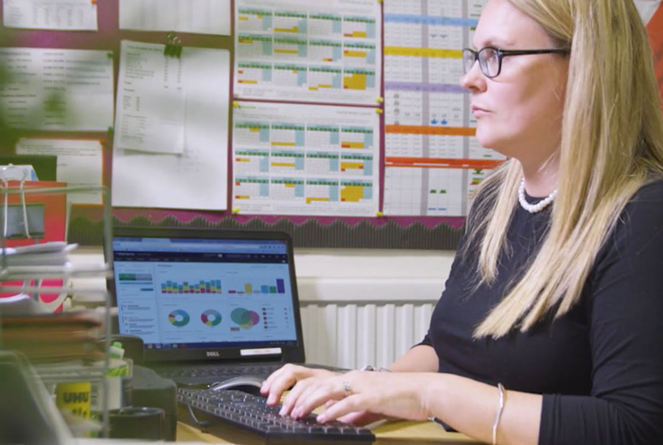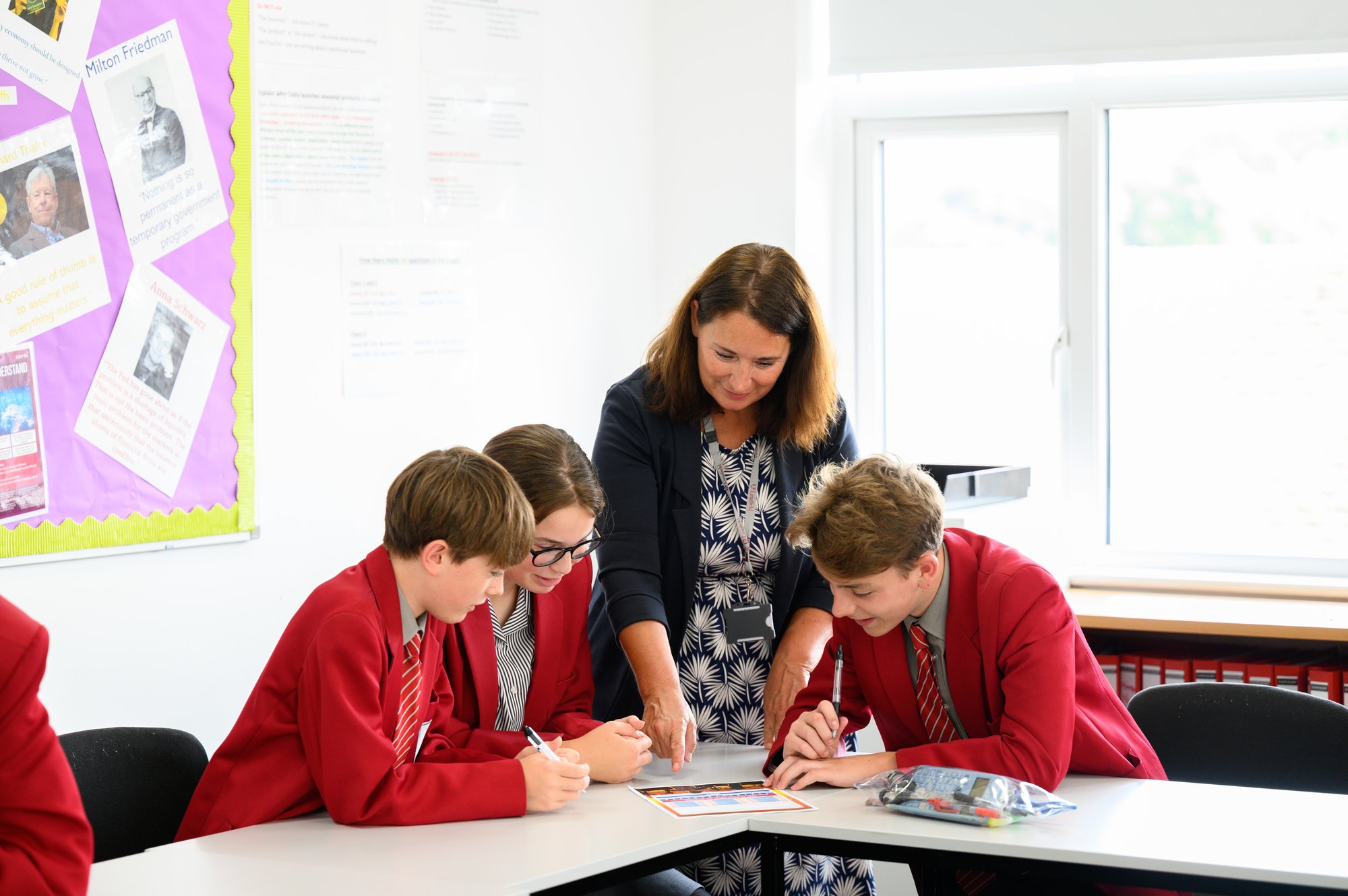Introduction
Ofsted have released updates which gives an overview of some of the recent changes to the school inspection handbook and the way they inspect schools. In June 2023, Ofsted committed to making several changes to the way they inspect and report. This included changes around safeguarding. They have also made clarifications in the following areas: Leadership and Governance, Quality of Education and Attendance and Behaviour. Further updates around conduct expectations, sharing the outcome, the Relationship and Sex Education curriculum and off-rolling have also been included.
Ofsted have clarified that when they refer to the term ‘leaders’ this includes any staff in a school who are responsible for making key decisions about how a school operates, for example on matters such as the curriculum or behaviour.’ This will always include the headteacher and their senior staff. In most schools, this will also include middle leaders or subject leaders. This can vary from school to school as it is dependent on its size.
In this blog we will look specifically at the clarifications Ofsted have made around safeguarding.
The Culture of Safeguarding
Ofsted has brought the term ‘culture’ into a single clear definition when considering safeguarding. Paragraph 367 of the School Inspection Handbook states: ‘Schools should have an open and positive culture around safeguarding that puts pupils’ interests first’. This means they:
- Have appropriate child protection procedures, which:- Identify pupils who may need early help, and who are at risk of harm or have been harmed
- Protect pupils from serious harm, both online and offline
- Are vigilant, maintaining an attitude of ‘it could happen here’
- Are open and transparent, sharing information with others and actively seeking expert advice when required
- Ensure that all those who work with pupils are trained well so that they understand their responsibilities and the systems and processes in place
- Empower teachers to ‘speak out where there may be concerns
- Actively see and listen to the views and experiences of pupils, staff and parents, taking prompt but proportionate action to address any concern where needed
- Secure the help that pupils need and…refer in a timely way to those who have the expertise to help
- Manage safe recruitment and allegations about adults who maybe a risk to pupils
- Are receptive to challenge and reflective of their own practices to ensure that safeguarding policies, systems and processes are kept undercontinuous review.
Our safer recruitment and safeguarding guide could help ensure compliance and develop a culture of safer recruitment and safeguarding in your school/academy trust.
Ineffective Safeguarding
Ofsted have clarified what they mean around ‘ineffective safeguarding.’
‘Safeguarding is ineffective when there are serious or widespread failures in the school’s safeguarding arrangement. The school’s arrangements do not meet statutory requirements, or they give serious cause for concern, or the school has taken insufficient action to remedy weaknesses following a serious incident.’
Although it is not possible to have an exhaustive list of examples of what may constitute ineffective safeguarding Ofsted have provided the following examples within the handbook:
- There has been insufficient action to remedy weaknesses following a serious incident
- Safeguarding allegations about staff members are not being handled appropriately
- Clear evidence of serious failures in safeguarding practice that lead pupils or particular groups of pupils not to be safe in school
- Statutory requirements are not being met – for example breaches of the requirements for DBS checks.
- Pupils have little confidence that the school or setting will address concerns about their safety, including risk of abuse, because leaders have not taken their views seriously and/or addressed relevant concerns
- Pupils, particularly vulnerable pupils, who are not on the school site (whether long term, temporary or for part of the school day) and the school are either not clear where those pupils are or are not able to give reassurances as to the appropriate steps taken to safeguard them off-site. This can include children absent from education and attending inappropriate, unregistered or unmonitored alternative provisions.
Other Safeguarding Updates
Minor safeguarding improvements are issues that do not have an immediate impact on the safety of the pupils. This could include administrative errors in paperwork or out-of-date policies. Schools may be able to make minor safeguarding improvements before the end of their inspection. Even if this isn’t possible, provided that they have taken steps to resolve the issue safeguarding can still be judged as effective. If there are any minor safeguarding improvements this will not stop a school from being judged as good or outstanding.
Early Monitoring Inspections will happen if a school is judged as inadequate due to safeguarding alone. Ofsted will return for a monitoring inspection within 3 months. The process will broadly follow other monitoring inspections but will focus on whether safeguarding is now effective. If the school has resolved safeguarding concerns, the overall grade will likely improve.
It has been clarified that the requirement to teach Relationships and Sex Education includes pupils in the 6th form.
Evaluating safeguarding culture
Understanding how Ofsted will evaluate the safeguarding culture will support you in identifying any gaps or areas your establishment may need to improve in your whole school safeguarding approach.
- Ofsted will want to find out how well staff keep pupils safe. Is there an effective whole-school approach to safeguarding?
- Inspectors will not make a judgement based on what evidence the school presents during the inspection, but they will look deeper and consider a range of evidence. Is practice being effective and what is the impact on pupils?
- Inspectors will also examine how a school implements its safeguarding policies and processes. Are they implemented effectively and how are they reviewed?
- Inspectors will ensure that the school shares information appropriately with relevant agencies and parties. Are there proper arrangements in place? How is information forwarded to schools, post 16/18 providers and other agencies?
- Inspectors will determine whether there have been any safeguarding incidents or allegations since the last inspection. Did the school take appropriate action to safeguard the pupils affected and/or deal with allegations?
- Inspectors will listen to comments made about safeguarding staff, pupils and parents of pupils and balance these alongside other evidence collected. The school must provide opportunities for inspectors to speak to pupils with no other adults present, unless there are exceptional circumstances.
- Finally, inspectors will triangulate all the information gathered during the inspection to evaluate the effectiveness of the safeguarding culture established within a school.
Expert advice from trained professionals
If you’re interested in discussing customised safeguarding training, please contact maria.thomas@junipereducation.org.
Additionally, we have a range of courses available to help you empower your teachers with the essential tools to enhance their safeguarding practices and other related topics:


/Primary%20school%20.jpg?width=2000&name=Primary%20school%20.jpg)








.png?width=940&height=788&name=Lingfield%20College%20Case%20Study%20(5).png)
-1.png?width=1000&height=833&name=National%20Association%20of%20Head%20Teachers%20(3)-1.png)
-3.png?width=1080&height=1080&name=Untitled%20design%20(10)-3.png)






